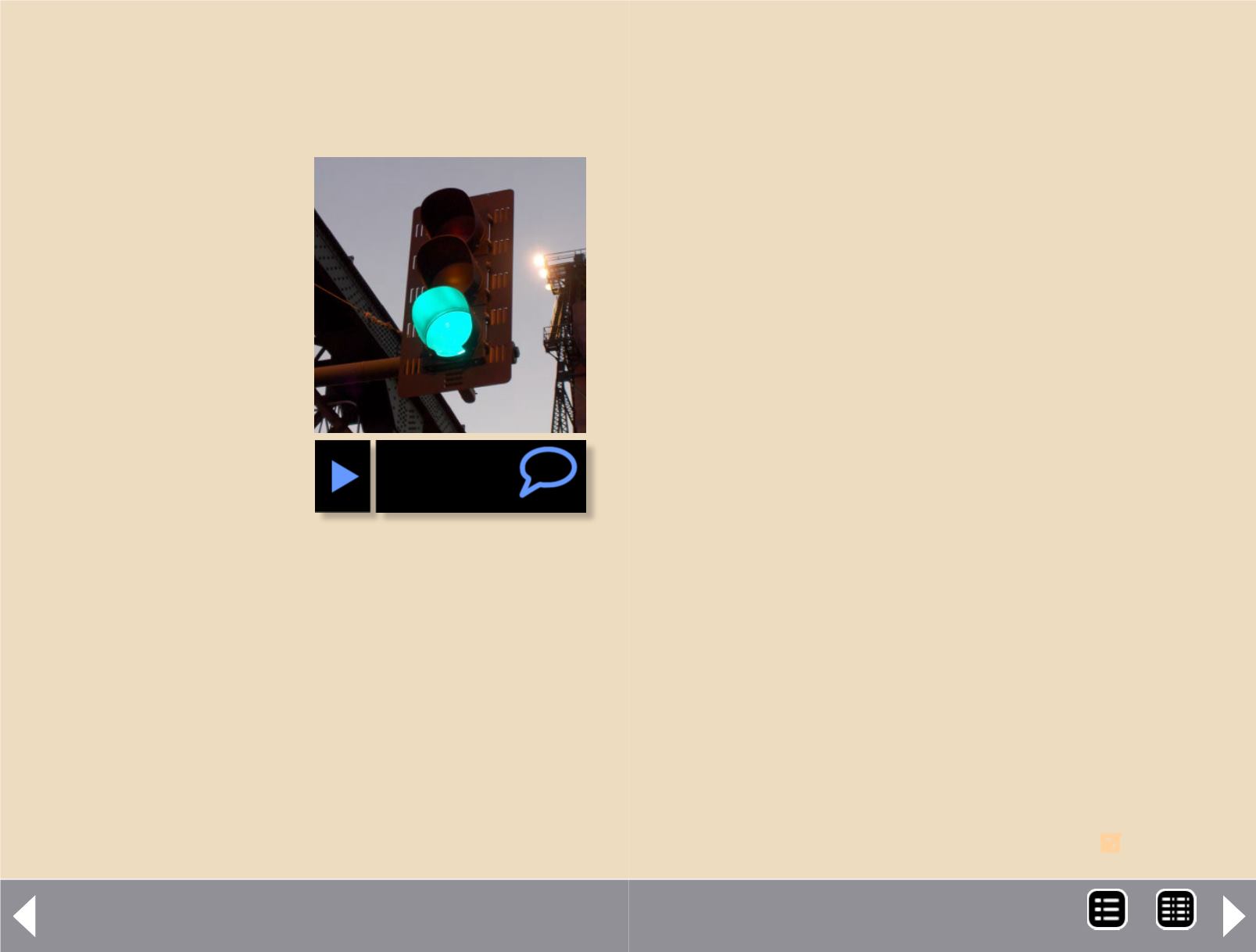
Reverse Running commentary
H
ave you started that
diorama, module, or
layout yet? No? Then
what's the holdup?
Sometimes I think the hard-
est part of model railroading
is getting started. If you will
get started on that next big
project, you will have licked
the hardest part!
So what keeps us from get-
ting started?
I think fear of messing up is
probably the most common.
A lot of model railroading is planning or research-oriented.
This part of the hobby can be fun in its own right, and that's
good. However, it can also become a crutch because it's
seen as "safe".
Plans are difficult to get wrong, and if you need to change
something in a plan, all it takes is the backspace key – or or
if you still prefer paper and pencil – an eraser.
So watch out for paralysis by analysis. Those laurels can be
pretty comfy. Getting started is risky – what if you're wrong?
So what if you're wrong? See mistakes as your friend.
There's another word for mistakes: it's called
learning
. And
Reverse Running: Stepping outside the box with a contrary view
by Joe Fugate
What are you waiting for? GO!
if you've made a lot of mistakes, there's an even better word
for that:
experience.
Be open to redoing something if you do mess it up. This is
especially true of things like trackwork. I've learned from
dealing with trackwork issues through the years (now 46
years in the hobby) that you get the best results if you
replace bad trackwork instead of trying to "tweak" bad
trackwork into shape.
Poor trackwork that's been tweaked just never seems to
perform well. In my experience, tweaking bad trackwork
leads to just one thing – continued mystery derailments and
still more tweaking. Replacing bad trackwork almost always
solves the problem and ends the tweaking black hole.
Okay, with the fear of messing up behind you, what else
may be keeping you from getting started?
No time, perhaps?
While getting big blocks of time to start a project can help,
don't overlook just doing something, no matter how small.
Some modelers I know make tremendous progress by fol-
lowing one simple time trick: resolve to
go work on the lay-
out
every day for at least 10 minutes.
Yes, some days you might not even find 10 minutes. But more
often than not, once you go get started, you will find momen-
tum turns that 10 minutes into an hour or two. Even 10 min-
utes per day adds up to 60 hours per year. Many projects will
see significant progress with 60 hours applied to them.
And once you've gotten started, post some photos or videos
of your progress on the MRH website so we can all celebrate
your entry into the ranks of active model railroader.
So what's the holdup? Step on it and get going!
MRH-Feb 2013


